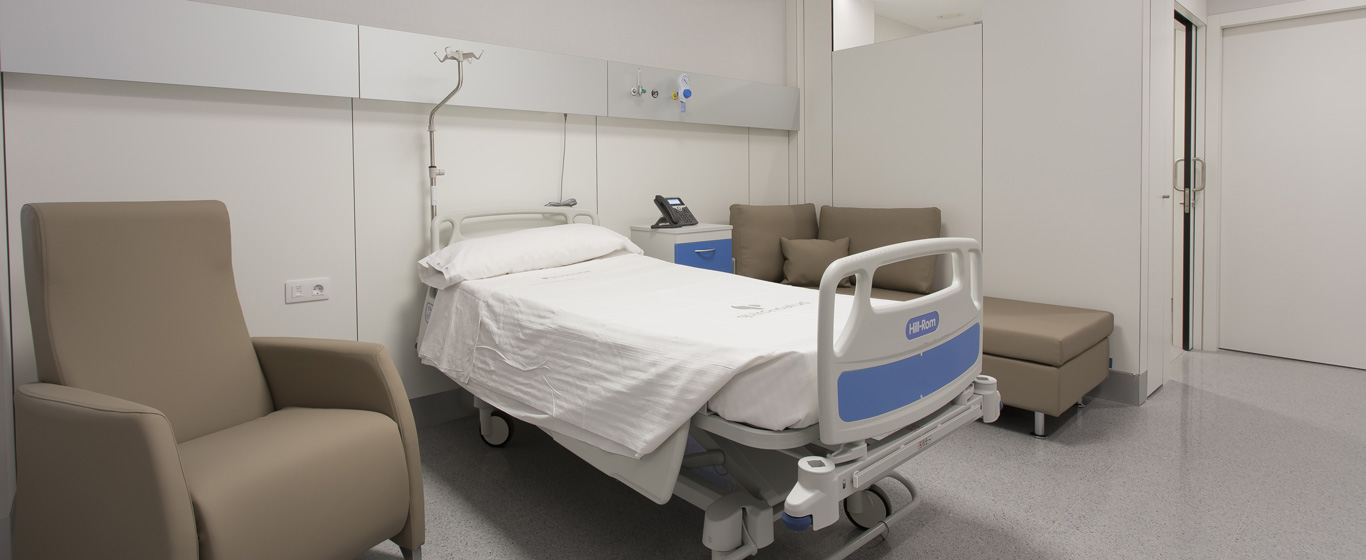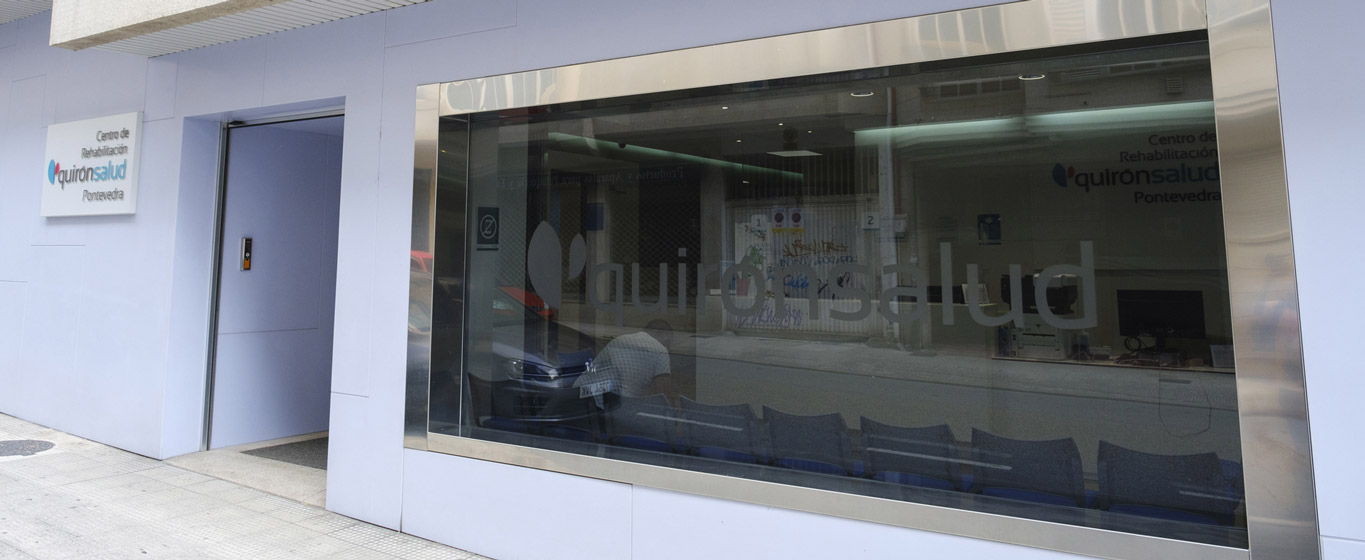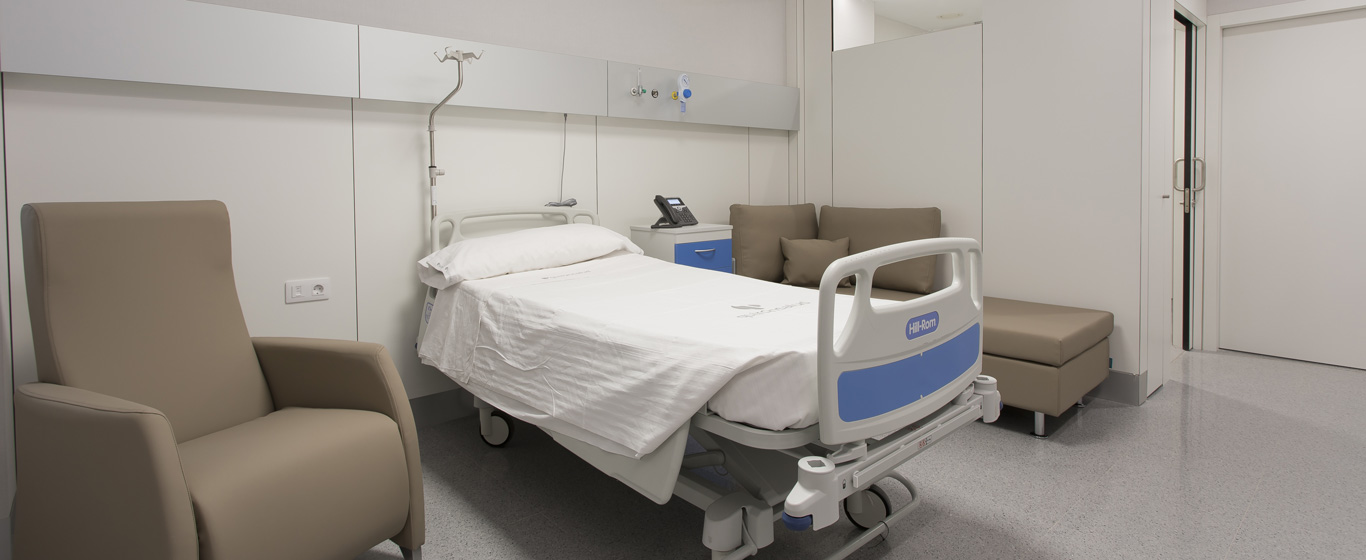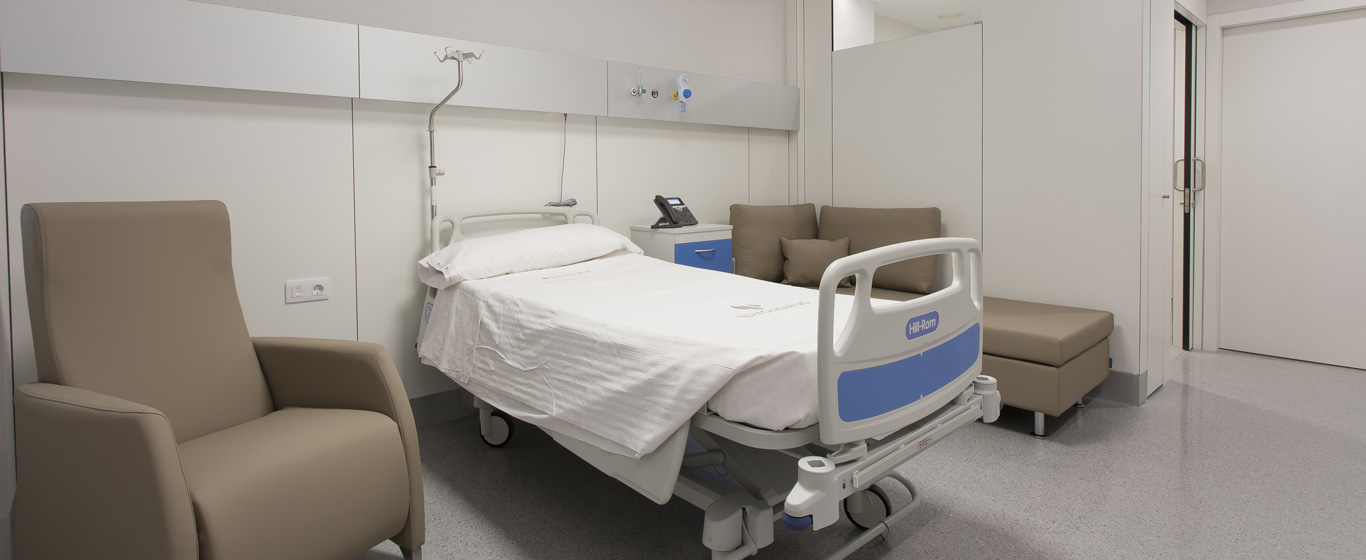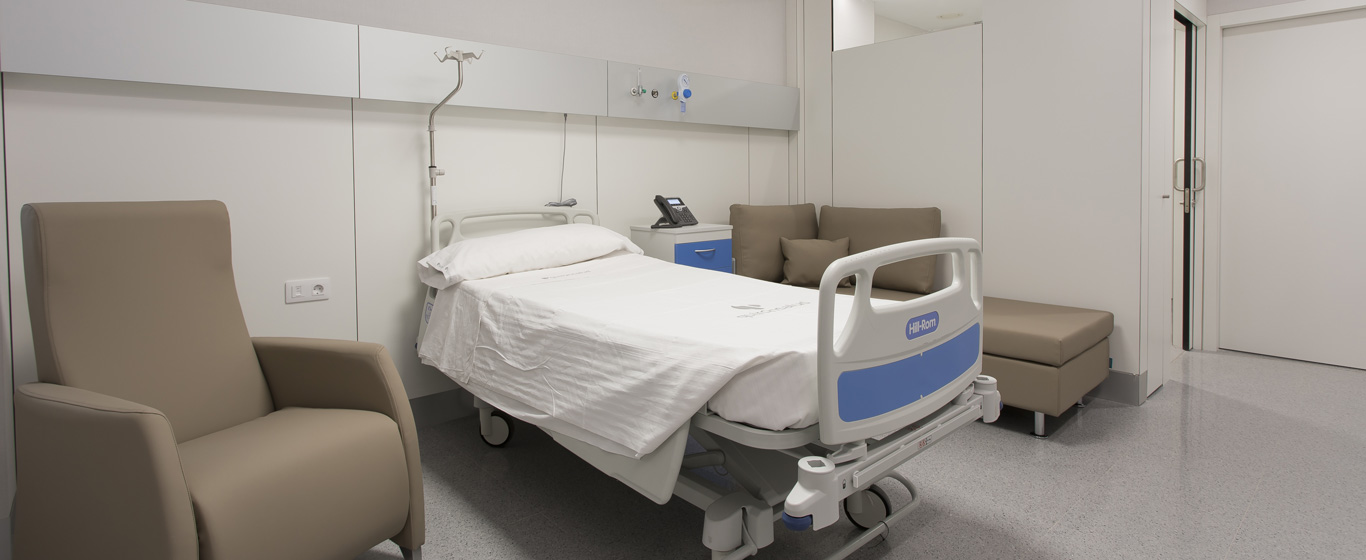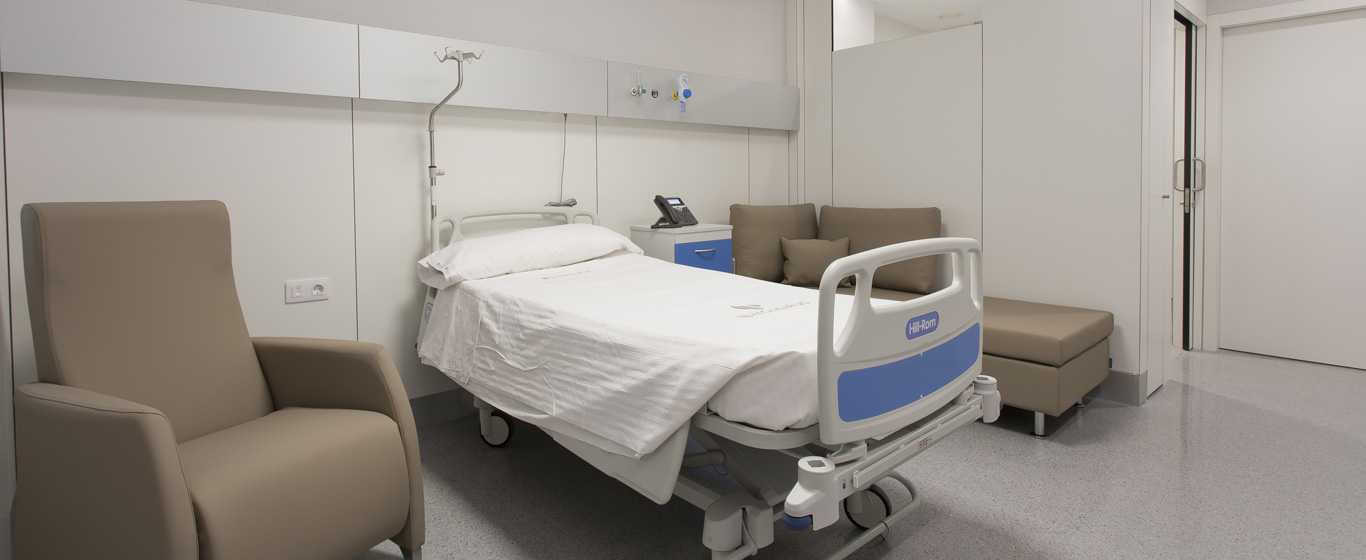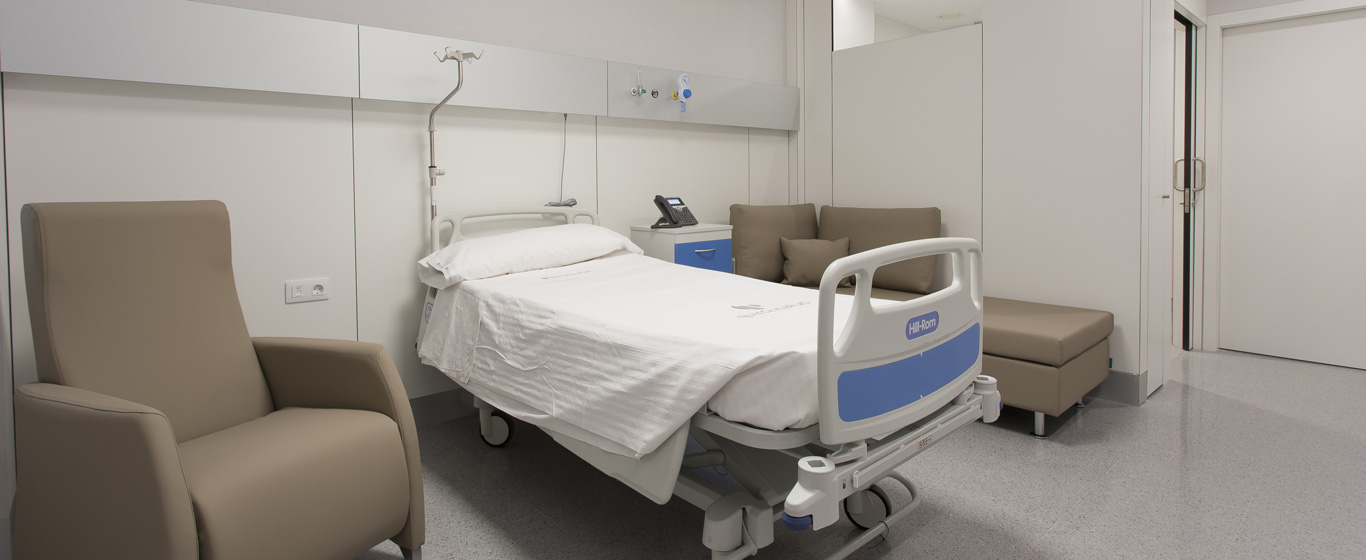Knee X-Ray
A knee X-ray is a radiological diagnostic technique that, through the application of high-energy radiation (X-rays), provides two-dimensional images of the internal structures of the knee, including both the bones and the muscles, tendons, and ligaments.

General Description
A knee X-ray is a diagnostic procedure used to obtain images of the knee and its component bones (femur, tibia, patella), as well as the soft tissues (muscles, ligaments, tendons, and cartilage), by applying high-energy beams (X-rays).
The image is formed based on the amount of radiation absorbed by different tissues when exposed to X-rays:
- Bones are very dense and absorb more radiation, appearing almost completely white.
- Soft tissues and fat absorb less radiation and appear in varying shades of gray.
- Fluids, which are radiolucent, appear in a dark tone.
When Is It Indicated?
A knee X-ray is usually recommended when a patient presents any of the following symptoms in the knee:
- Pain
- Swelling
- Deformities
- Warmth or increased temperature to the touch
- Instability
- Difficulty or inability to fully extend the leg
- Difficulty or inability to bear weight on the leg
- Clicking or cracking sounds when moving the joint
A knee X-ray helps identify the causes of these symptoms, which may include:
- Fractures
- Dislocations
- Infections
- Excess fluid
- Osteoarthritis and rheumatoid arthritis
- Bone cysts or tumors
- Ligament or tendon injuries
- Bone alignment issues, such as hip dysplasia or femoral torsion
Additionally, a knee X-ray is used to monitor the healing process after a previous injury or surgery.
How Is It Performed?
To perform a knee X-ray, the patient's leg must be positioned between the X-ray emitter and the receptor plate (traditionally a radiation-sensitive photographic film; nowadays, digital sensors). In general, two views or projections of the knee are taken:
- Anteroposterior (AP) or frontal view: The patient lies on their back with the receptor plate under the knee and the leg slightly internally rotated.
- Lateral view: The patient lies on their side with the knee bent at approximately 30 degrees, and the plate placed underneath.
Additionally, depending on the specific case, additional projections may be taken:
- Oblique view: The patient lies on their back with the receptor plate under the knee and rotates the affected leg about 45 degrees.
- Weight-bearing anteroposterior view: The patient stands with feet straight and parallel, positioned with their back against the receptor plate.
- Axial patellar view: The patient's knee is bent. This can be done while lying on their back with the knee flexed, lying face down with the leg bent upward, sitting with knees bent, or standing with the leg flexed and resting on the examination table above the receptor plate.
It is also common to take images of the healthy leg for comparison and reference.
Once the X-rays are emitted, the receptor plate captures them as an image. If an older machine is used, the photographic film must be developed to obtain the image. In modern equipment, the image appears automatically on a computer in digital format.
Risks
Although a knee X-ray involves radiation exposure, the duration is so brief and the dose so low that it does not pose a real risk of developing cancer or other radiation-related health issues. In fact, a knee X-ray emits a radiation dose of less than 0.001 mSv, which is equivalent to the natural background radiation a person receives in three hours of daily life.
However, radiation can affect a fetus, so appropriate protective measures—such as placing lead aprons over the abdomen—should be taken, and in some cases, the necessity of the test should be reconsidered if the patient is pregnant.
What to Expect from a Knee X-Ray
Before the procedure, the patient must remove clothing from the lower body, along with any metal objects, and put on the gown provided at the medical facility. Additionally, a lead apron may be placed over the pelvic area to prevent unnecessary radiation exposure. Once on the examination table, the specialist will instruct the patient on how to position themselves for the different projections and will move behind a protective wall or into another room to activate the X-ray machine. It is crucial for the patient to remain completely still while the X-rays are being taken, as any movement can result in a blurry image.
A knee X-ray is a completely painless procedure; X-rays do not cause any discomfort as they pass through the tissues. The exposure to radiation lasts only a few seconds, though the entire process may take between 15 and 30 minutes, depending on the number of projections taken.
After the examination is completed, the patient can resume their daily routine without any special care. It is an outpatient procedure that does not require hospitalization.
Specialties That Request Knee X-Rays
A knee X-ray is a diagnostic procedure performed by radiologists and is commonly requested in primary care, emergency medicine, rheumatology, and orthopedic surgery consultations.
How to prepare
No specific preparation is required before undergoing a knee X-ray. However, it is advisable to wear comfortable clothing and avoid piercings or other metal objects on the leg, as metal also absorbs radiation and appears in the images, potentially interfering with their proper interpretation.







